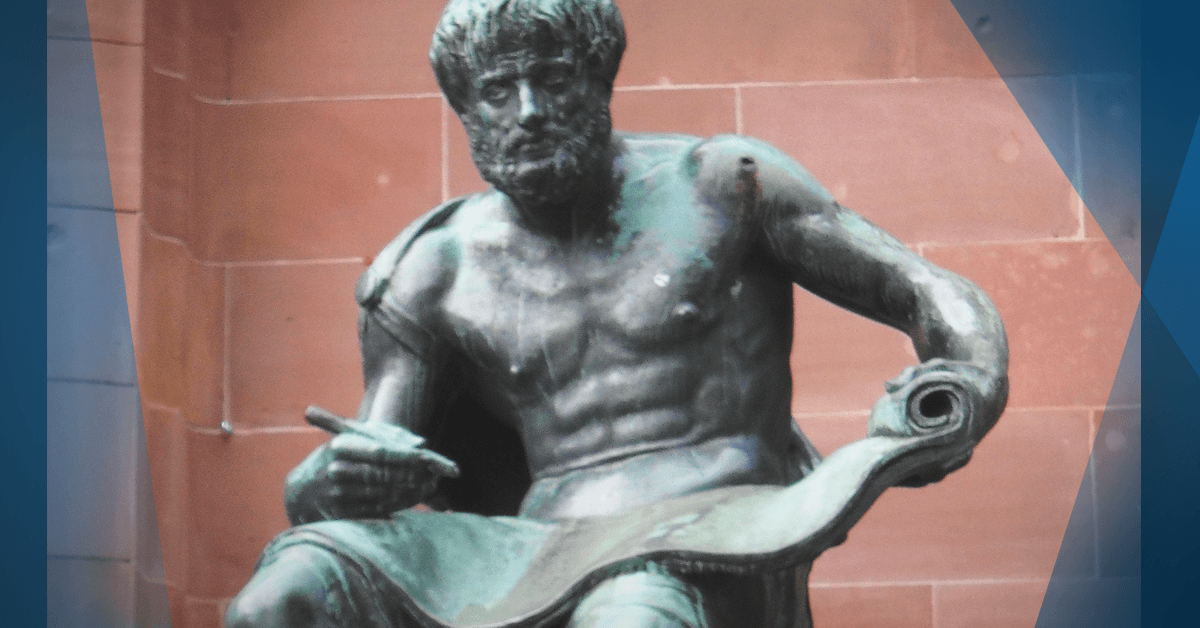Persuasion is a crucial skill for the owner of a fitness business. None of us makes a dime until we persuade customers or clients or readers to choose us over all the other options they have, including “none of the above.”
Most of us think of persuasion as copywriting, and copywriting as persuasion. So if we study copywriting masters like Dan Kennedy and Gary Halbert, we’ll learn how to persuade people to buy our products and services.
But to understand the underlying principles of persuasion, you need to study rhetoric. And to study rhetoric, you need to start at the beginning, in the fourth century BCE. That’s when Aristotle outlined three methods of influence:
- Pathos is about getting people to have faith in you, and by extension trust that what you say is reliable.
- Ethos is about getting people to act on that trust by appealing to their emotions.
- Logos is about giving them a reason to take that action, a way to justify a gut decision.
Usually persuasion works in that order: pathos, ethos, logos. No matter how skilled you are, it’s nearly impossible to make a sale by offering rational reasons to act before you’ve appealed to your customer’s emotions.
READ ALSO: It Tastes Awful. And It Works.
Here’s a classic example from Gary Halbert. It was probably written 40 years ago. (I’ve preserved the quirky punctuation from the original.)
The Amazing Weight Loss Secret of a Desperate House Wife
My name is Betty Adams, and the first thing you should know about me is … I am not a doctor.
I am not an expert on nutrition. I never went to college and I don’t have a degree in anything. In fact, the only thing I consider myself an expert about is …
I Think I Know How Any Woman In America Can Lose Up To 63 Pounds In a Very Easy Way!
I know this … because … I did it!
The story continues with “Betty” confessing that, not long ago, she was afraid of losing her husband because of her weight. She tried everything to lose that weight (the ad goes into great detail about all the things that failed), until she figured out her “amazing weight-loss secret,” for which she charged $19.95, plus $3 for shipping and handling.
As a fitness pro, you know B.S. when you see it. But for now, I want you to turn off that part of your brain and look at how Halbert uses rhetoric.
He first establishes pathos, but he does it in a contrarian way. Even though “Betty” has no credentials, she’s relatable to the audience. She’s been in the same rut as them. The lesson here is that your credentials are less important than your story. People want to feel what you’re telling them.
Next comes ethos: Her fear of losing her husband gets the reader to say, “That’s me! That’s exactly what I’m going through.”
With those two rhetorical pillars established, logos can be anything that sounds plausible to the audience.
So here’s my challenge to you: Write an ad from the perspective of a client who had a major breakthrough. Don’t make anything up, but don’t be afraid to play up the parts that make the client’s pain points relatable to the reader. Then offer hope by showing there’s a way out of this.
That, my friends, is persuasion.










